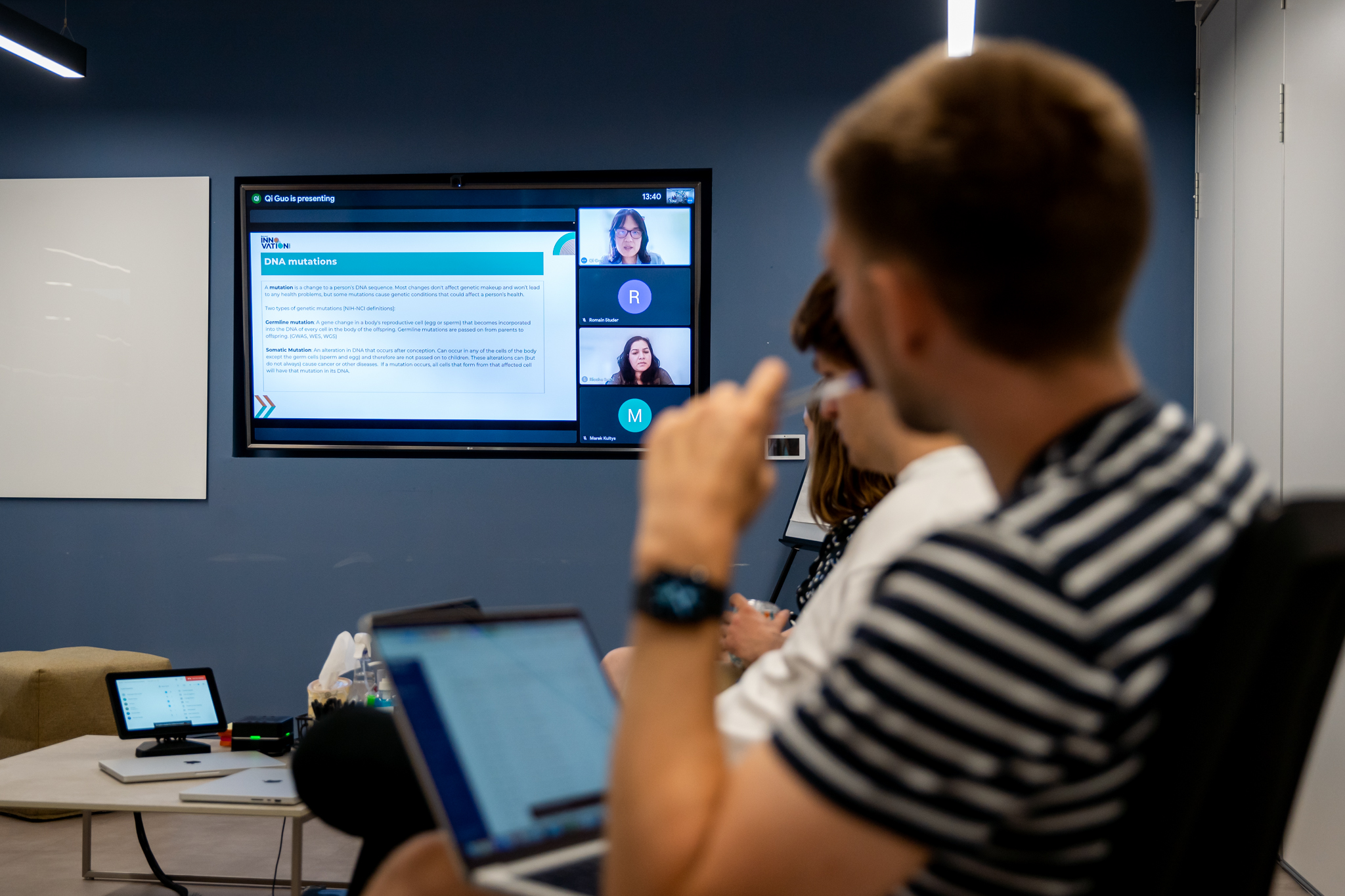As a pioneer, we recognised early on that every data point holds the potential for ground-breaking discoveries. Our next generation platform targets the complex decisions that drive R&D: life science intelligence at your fingertips.

OUR PHILOSOPHY
We build technology in the service of science
BenevolentAI brings together a unique cross-section of science and technology teams who push AI and machine learning to new limits. Building on a decade of investment in our knowledge graph and proprietary ontologies, our team supports scientists and executives to leverage cutting edge AI in their work, with confidence and precision.

